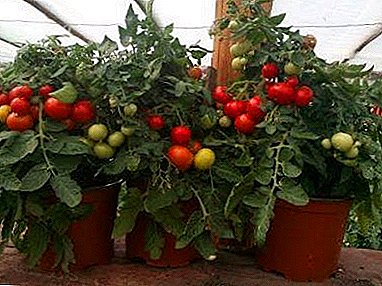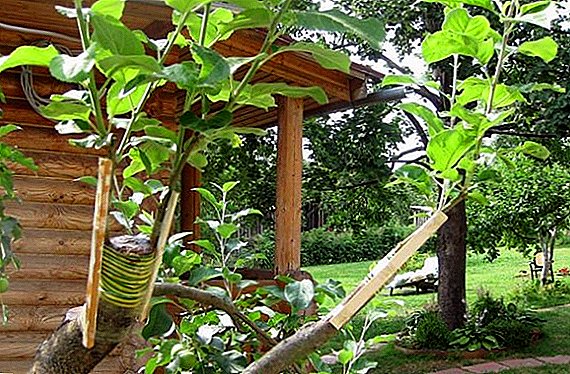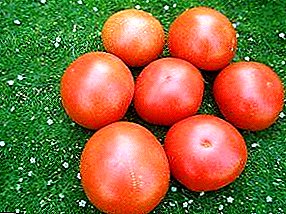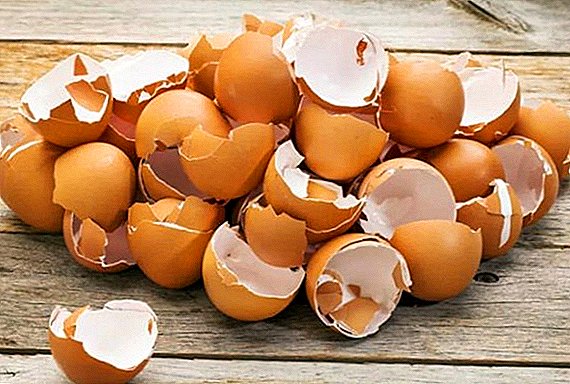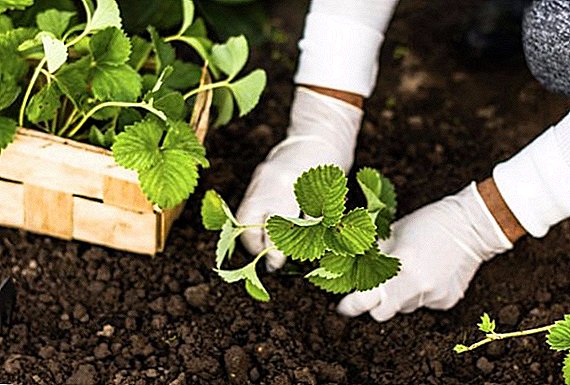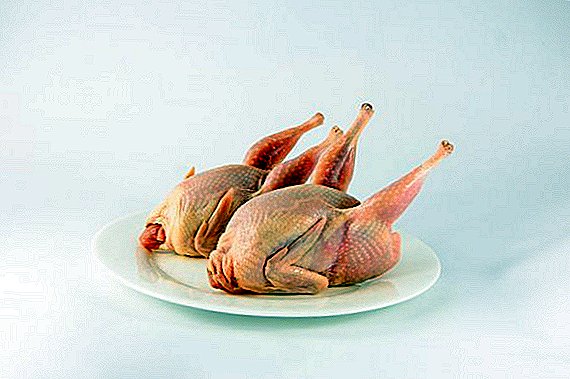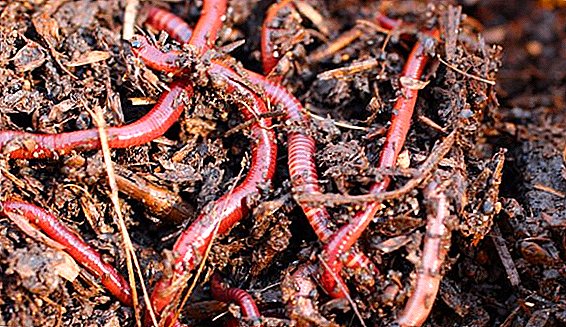 Californian worms and their breeding at home is a profitable occupation for both the cottager and the angler. Their lifespan and incredible performance, which is twice as high as their relatives, are the main reasons for their breeding. But each business has its own subtleties. And, it would seem, such a simple task, like breeding worms, still requires some knowledge in the field of vermicultivation.
Californian worms and their breeding at home is a profitable occupation for both the cottager and the angler. Their lifespan and incredible performance, which is twice as high as their relatives, are the main reasons for their breeding. But each business has its own subtleties. And, it would seem, such a simple task, like breeding worms, still requires some knowledge in the field of vermicultivation.
Description
The worm has a red color, sometimes with dark shades. The length of his body reaches 8-10 cm, and thickness - 3-5 mm. It belongs to the genus of earthworms called Eisenia. A close relative of another species - dung wormwith whom he is often confused. The Californian worm differs from dung beetle in a darker color and less pronounced stripes.  The body has more than 100 segments. Very mobile. Unlike other species, it has the longest life expectancy, for which it is valued by those who breed them. The average body temperature is 20 ° C.
The body has more than 100 segments. Very mobile. Unlike other species, it has the longest life expectancy, for which it is valued by those who breed them. The average body temperature is 20 ° C.
The benefits of red worms
California worms usually used by anglers, but few people know why they are needed. Under natural conditions, the related species of these creatures process the organic remains of the earth and turn them into humus. Thus, the soil naturally becomes fertile and does not need chemical fertilizers.
But red Californian worms are also capable of this, despite the fact that they were bred artificially. Due to their performance, they are in demand in industrial production.
Did you know? Worms are also animals, so when you buy you must provide a document that is issued by the quarantine service and confirms their healthy state.
It is the red Californian worms that produce biohumus, which helps to restore the soil both after radiation and after "heavy" crops.
Basic rules for growing
California worms - picky creatures, and how to breed them in the country, do not worry. If you change their diet, do it gradually. And their fertility depends on comfortable conditions. To create them, you can add a little sand to the substrate, and under the straw, which will serve as the roof of the chervyatnik, pour a little egg shell.
As a result of the vital activity of Californian worms, sodium humate is formed - organic and mineral fertilizer.
Choosing a place
Worms are unpretentious to the place of settlement. The only exception is the cold or unstable season - from November to April. During this period, the chervyatnik should be either well insulated, or rearranged to a place where the temperature will be above 0 ° C.
So, the family is settled in any convenient capacity. This may be a self-constructed wooden structure or a large flower pot. In general, everything that will be well ventilated and does not take up much space.
Important! The chervyatnik cannot be put in the sun in the summer, otherwise your players will die from the drying of the substrate.
Choosing a chervyatnik
The construction itself should have approximately the following parameters: a width of 1-1.5 m and a height of 40-50 cm. But they can be correlated depending on the number of your worms.  The California worm is a hardy animal and sometimes does not need any artificial breeding conditions at all, so what you need to know about chervyatnik:
The California worm is a hardy animal and sometimes does not need any artificial breeding conditions at all, so what you need to know about chervyatnik:
- This may be a common pit in the ground.
- The place of settlement should not be treated with chemicals in the past.
- A safe place, where pests are excluded (and these are mice, moles, snakes).
- The ability to insulate in the cold season.
- A ventilation system of any kind so that the worms do not rot along with the compost.
Home Improvement
Fresh manure is not the best solution for these animals, like chicken droppings. If you want to apply fresh manure or litter, then first add compost to it. Before settling, make sure that the acidity of the compost is normal (6.5-7.5 pH). The temperature of the rotting components should be as high as 42 ° C. installation possibilities and other factors.  It is best to add deciduous compost to the pit or container, which can last longer.
It is best to add deciduous compost to the pit or container, which can last longer.
Important! Excessive moisture can be a prerequisite for the introduction of nematodes. These are roundworms that parasitize plants and can be dangerous to humans.
Family settlement
Keep in mind that the minimum number of individuals is 50 pcs. on 1 square. m. And a sexually mature individual can give from 1500 to its own kind in a year. Despite the fact that weekly they lay up to 4 cocoons, from which from 2 to 20 cubs are obtained. The settlement is carried out in the warm season, initially checking 2-3 families. So you can understand the suitability of the soil.
You can settle 20 pcs. If 5 of them die, it will mean that the substrate has a high level of acidity or alkalinity. To reduce it, limestone must be added to the soil.
Feeding
The average individual weighs approximately 0.5 g. Per day, the worm processes such a quantity of feed that is equal to its weight. With a minimum settlement of worms (50 individuals per square meter), 5 kg of soil per year will be processed. Here are examples of than necessary feed californian worms at home:
- rotten vegetables and fruits;
- moldy bread;
- the remains of finished cereals;
- remnants of custard tea or coffee grounds;
- rotten plants.
But in no case can not give meat - they can not process it. In winter, they need to be fed daily with new portions.
Did you know? The substrate in which there are worms, does not emit an unpleasant smell.
Care
Substrate must necessarily moisturize regularly. In this case, the use of chlorinated water is completely excluded. If you have only this, then you can defend it for 2-3 days to get rid of chlorine.
Chervyatnik in winter
In winter, warming of chervyatnik is necessary. Above the ground with the wards put food waste that will serve as food. Then put the straw or spruce branches, but taking into account 5-10 cm, which will freeze.
California worms live up to 16 years and produce 600 kg of biohumus per 1 ton of compost. Their content does not require strict incubation or special types of feed. And the result for the soil is only positive.



